5 bedroom design tips to help night owls fall asleep – and wake up feeling fresh
Use these decor ideas and bedtime routines to hack your body clock and help you sleep
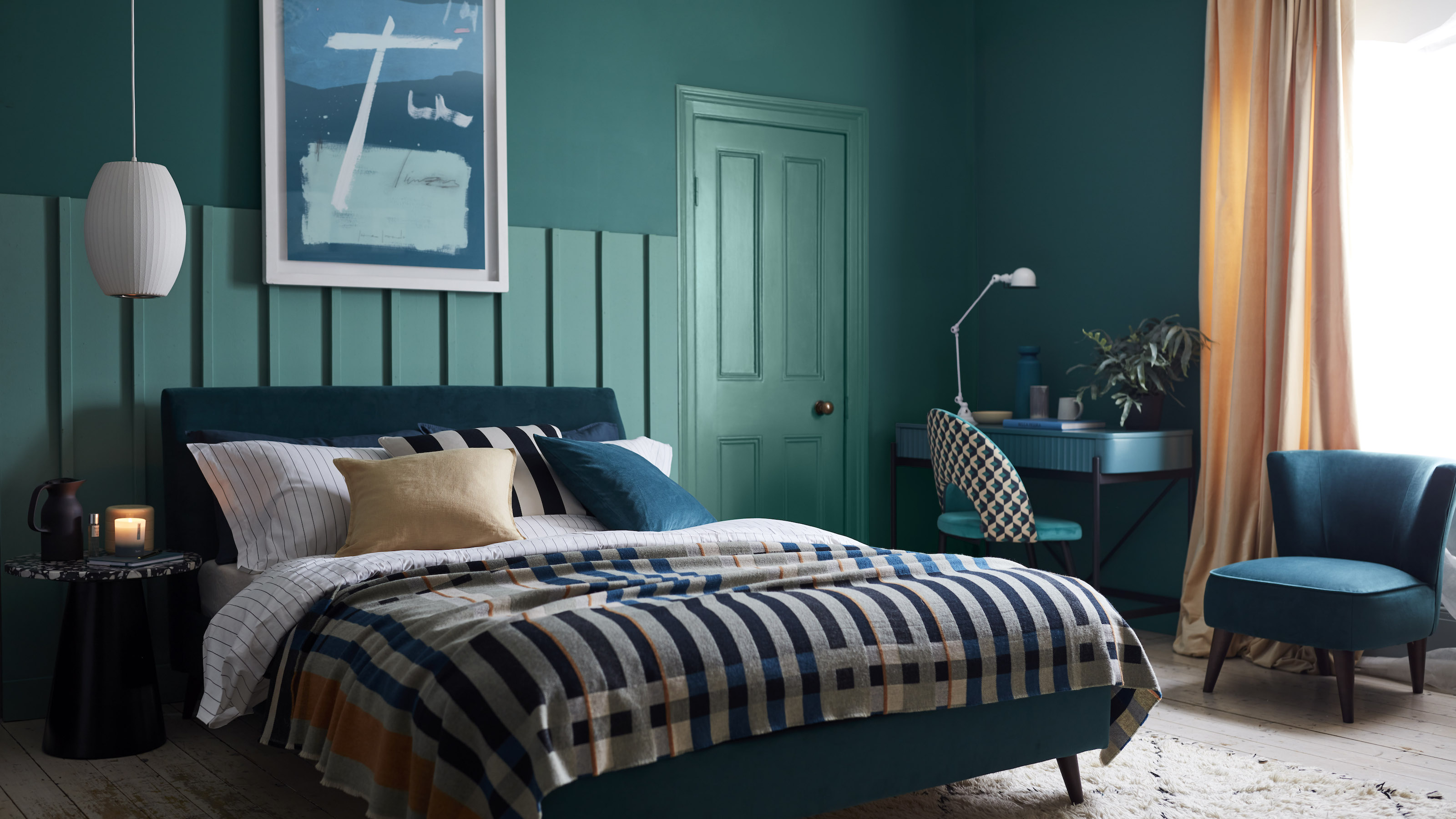


If you're wide awake at 11pm, have your best ideas in the early hours and could dance until dawn, then you're a night owl – which is brilliant if you don't have to get up in the morning and a yawn-inducing nightmare if you do.
How you decorate your bedroom and your daily wake-up routine can help you to hack your body clock, so you become a morning person (or at least, feel a bit more human when your alarm clock goes off). But you can also set yourself up for a good night's rest by turning your bedroom into the ultimate wind-down zone and adopting habits that will help you feel ready to switch off the lights and settle down.
We spoke to sleep experts and design professionals to find out more.
Bedroom design tips to help night owls fall asleep
'Most adults need 7-9 hours of sleep every day, but when our bodies naturally want to sleep and wake up each day varies on our chronotype, explains Dr Lindsay Browning, a sleep expert at Trouble Sleeping. 'Owls may struggle to get up in the morning but can happily work until 1 or 2 am, while larks tend to be at their best in the morning and want to go to bed early.'
The secret to creating our own Sleeping Beauty moment is to create an environment that signals to our brain that it's time to rest.
'Design a bedroom that makes you feel happy, safe and calm. Go for deep and soothing colours, soft and tactile fabrics such as velvets and wools, and invest in a good quality bed, mattress and bed linen. All of these elements will encourage your body and mind to relax in preparation for sleep,' recommends sleep expert and founder of The Sleep Care Company, Anne Marie Boyhan.
1. Select a harmonious bedtime palette
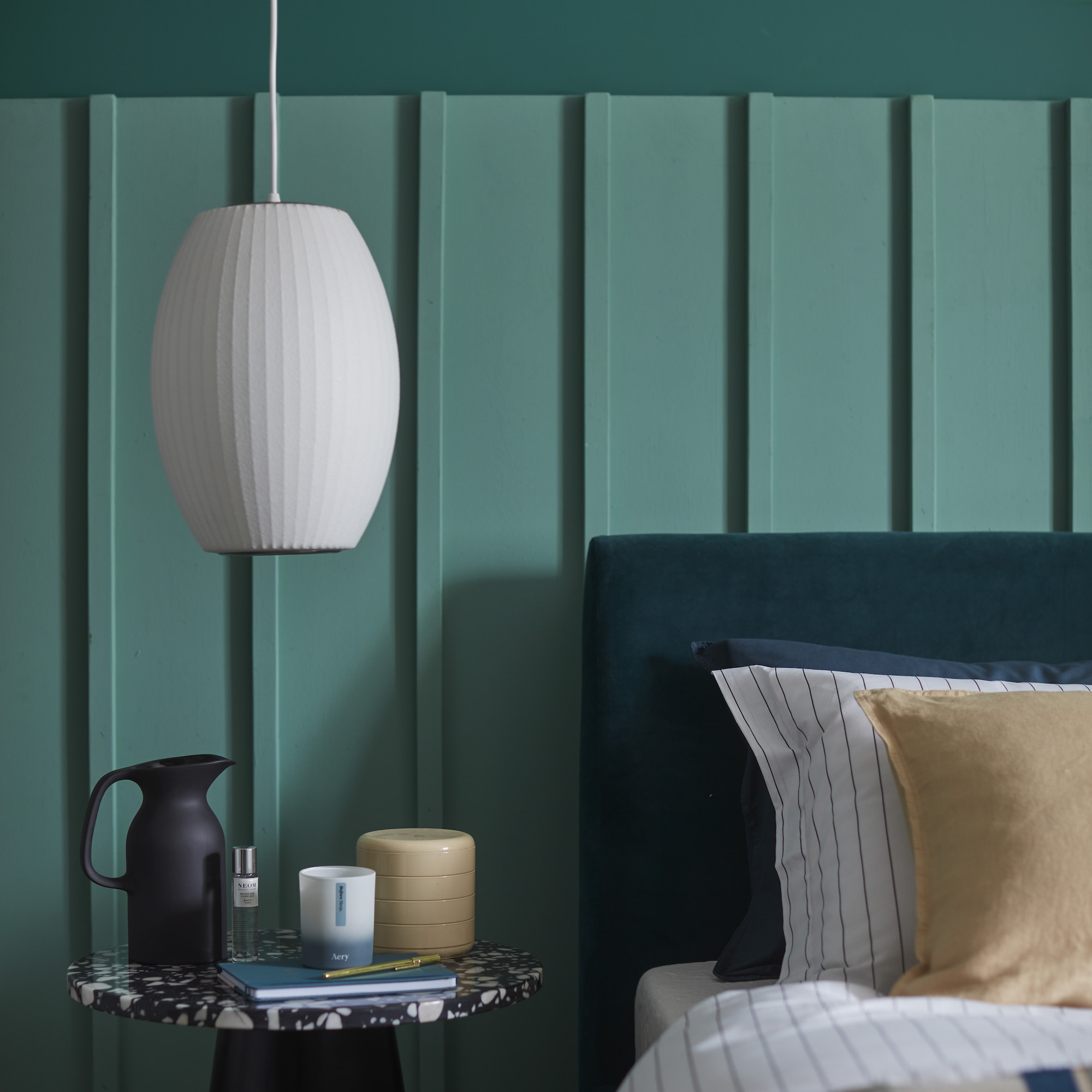
You'll want your bedroom colour ideas to reflect your own style preferences, but aim to choose tones associated with rest and relaxation – and importantly, colours that look good in artificial light.
Get the Ideal Home Newsletter
Sign up to our newsletter for style and decor inspiration, house makeovers, project advice and more.
‘In the evenings, colour is a powerful tool that we can use to help us to relax and wind down. Shades of green and blue are ideal for a relaxing bedroom – they’re among the most soothing colours on the spectrum, and they remind us of nature, which has a calming effect,' explains creative director and Dulux colour expert, Marianne Shillngford.
Marianne's advice is to choose colours that look crisp and bright in daylight, helping you to wake up in the morning, but which take on a more gentle tone in the glow of a bedside lamp or candle. 'For example, an inky blue teal goes slightly greener, softer and warmer in the evening light but looks fresh in the day,' she says. 'The effect is quite magical.'
Other tones that work well to settle a night owl are deep blues and greens, jewel tones of damson and plum, and warm terracotta tones. One trick when you're deciding bedroom paint ideas is to use the colour wheel to find a palette of harmonious colours. This might mean choosing a monochromatic scheme with shades of the same colour throughout, or picking three or four colours that sit next to each other on the colour wheel.
'Always buy a tester pot of paint, try it in different parts of your room, and look at it in both daylight and when it's artificially lit – you may find you buy one that's actually one or two shades lighter than you thought you wanted because it looks twice as dark at night,' suggests Marianne.

Marianne is a decorating expert who is passionate about the power of colour to change lives. As well as her current role as Creative Director at Dulux, she is the founder of the Colour in Design Award, which encourages a new generation of color-forward design talent.
2. Add reflective surfaces to help you feel at ease
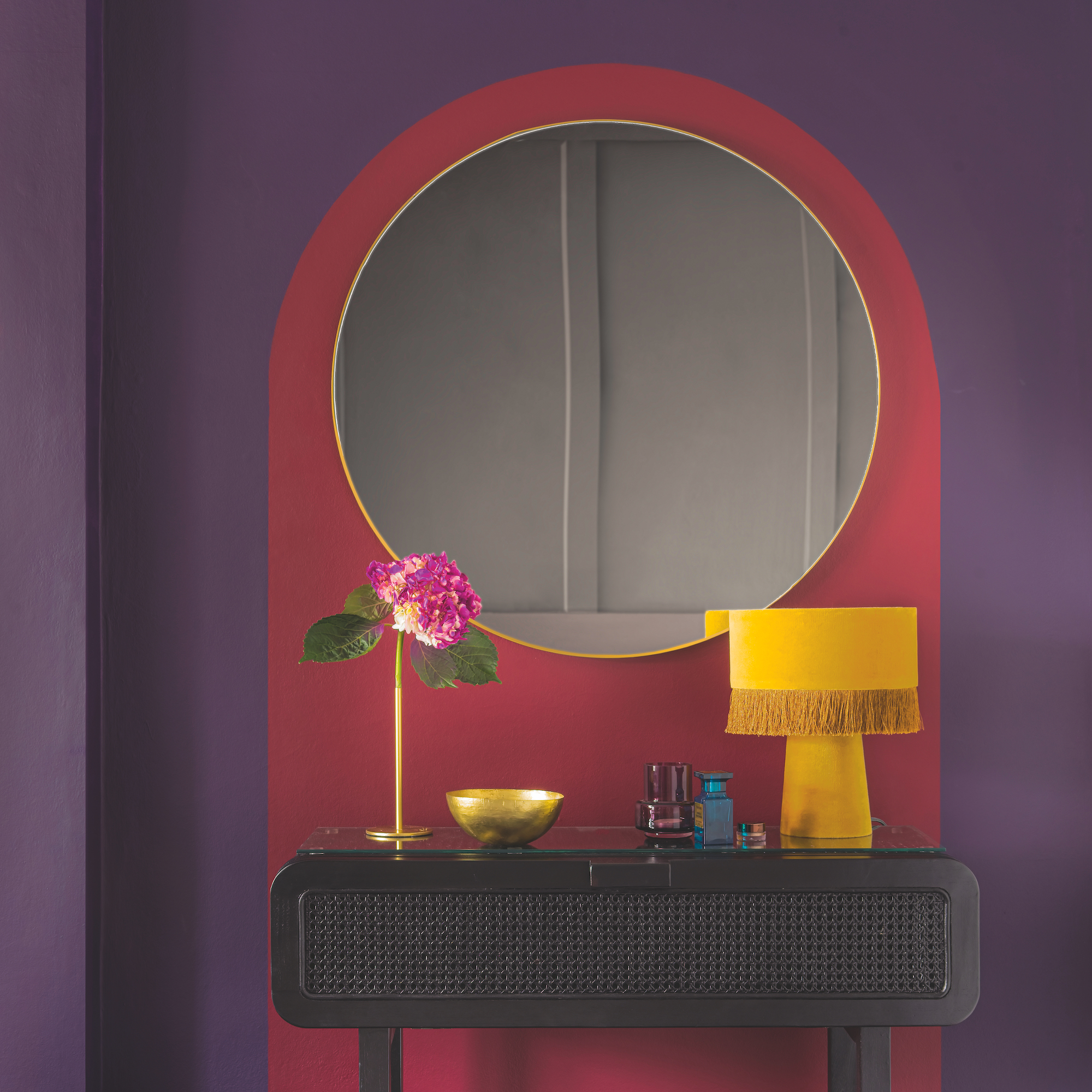
If you're a night owl, there's a natural resistance between wanting to stay awake and knowing you really need to get to sleep – you need a little energy and interest in your bedroom decor so you don't feel unhappy in your own home.
'I would add in some reflective surfaces, such as a brass lampstand or a gold-framed mirror – it will pick up what light there is and bounce it around the room, but in a subtle, calming way,' explains design psychologist Amber Dunford. 'You can also choose textiles that have a bit of a sheen to them, such as velvet.'
3. Choose a scent to help you nod off
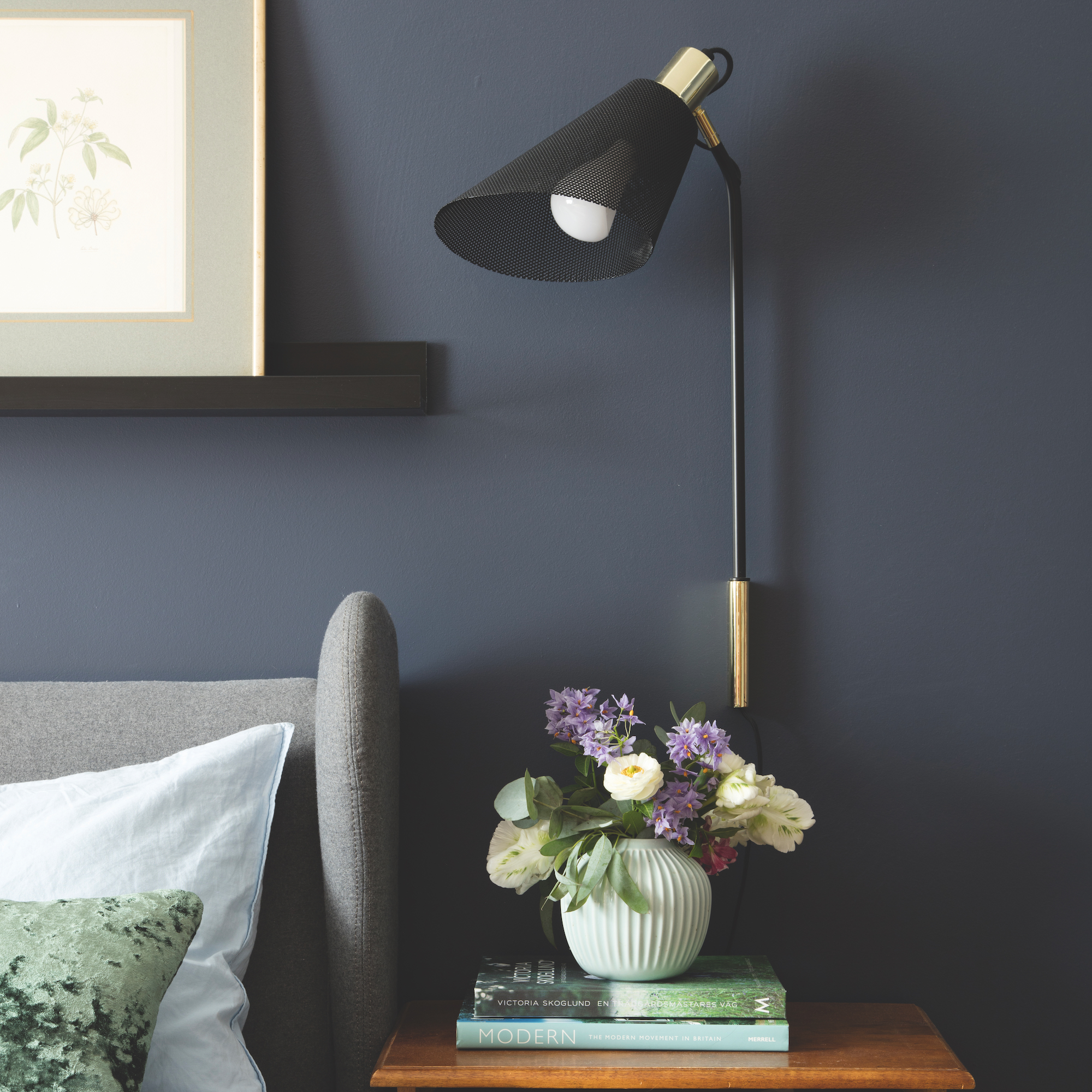
Certain essential oils, such as lavender, jasmine and chamomile, are known to induce feelings of calm and relaxation, leading to better sleep. We can light a scented candle or spritz our pillow with sleep spray, but that might not be enough of a trigger for a true night owl.
'When you inhale essential oils, the compounds enter the olfactory system via the nasal passage and from there have a direct impact on the limbic system. This is the area of the brain that deals with emotions, memory and mood,' says Cheryl Hook, founder of candle and home fragrance brand, Melt.
'Beneficial scents can be introduced in so many ways, from thinking carefully about hand wash in the bathroom to the use of spritzers, diffusers and candles,' Cheryl continues.
So, perhaps add lavender-scented bath bubbles to your sleep routine, massage your face with a jasmine facial oil, and spritz your PJs with rose geranium linen spray before you dive under the covers.
4. Use sound to help you sleep
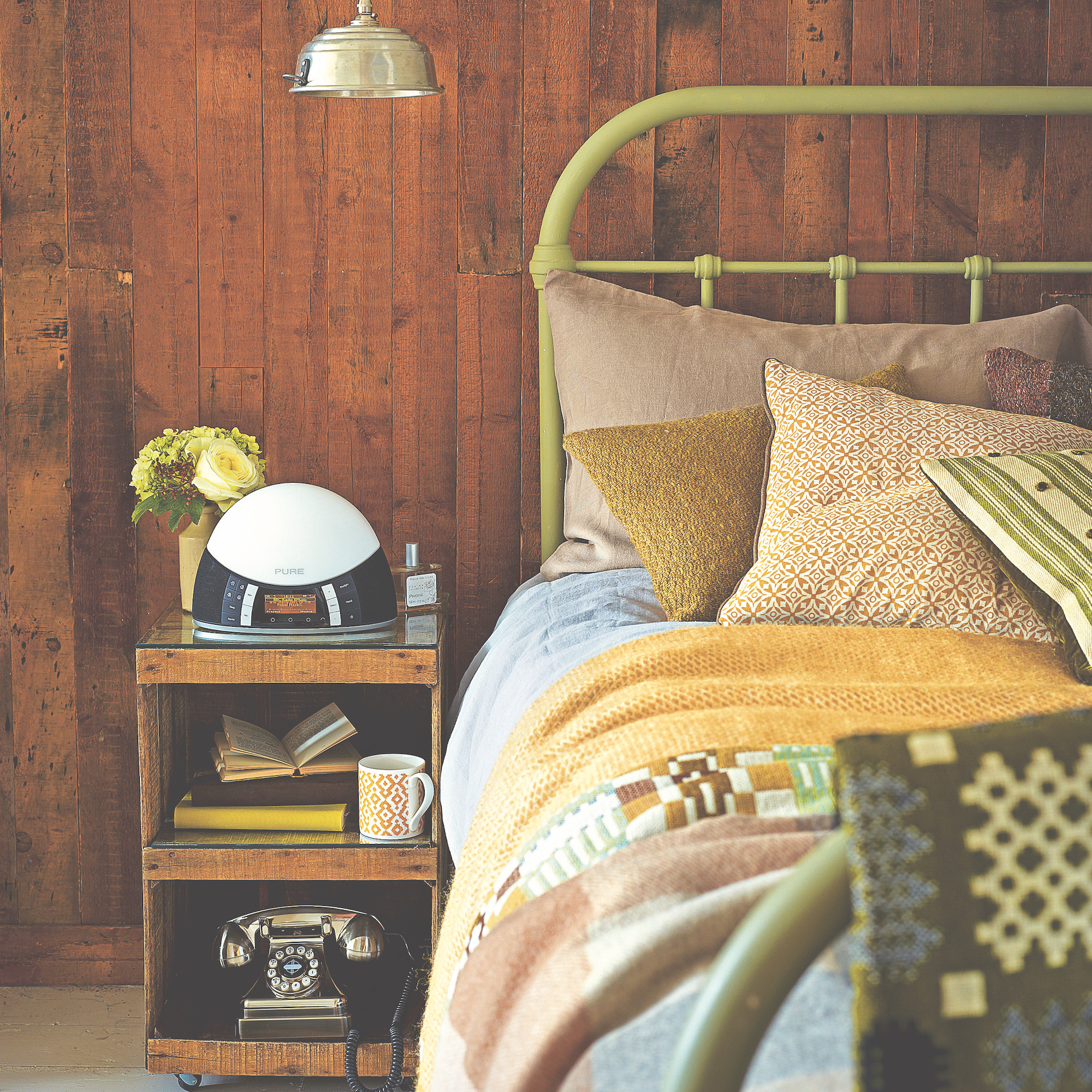
If you're a parent, you may have used white noise – the constant static-like ambient noise from a fan or vacuum – to help your little one sleep. But soundscaping isn't just for babies. There's some evidence that white noise, pink noise and even brown noise can help us fall asleep, and then have better quality of sleep throughout the night.
White noise works by drowning out background noises that can disturb us. Pink noise is similar, but the sound is slightly deeper and uses lower sound waves which may be more soothing. Pink noise also helps shield us from loud noises that might wake us up, like a car door slamming. Brown noise produces a deeper, rumbling sound, like heavy rainfall.
You can search up white, pink and brown noise soundtracks on YouTube and websites, or use a sleep app, and play them as you get ready for bed and through the night if you struggle with insomnia.
'As a sleepy night owl, you can also think about sounds that will help you wake up in the morning,' says design psychologist Amber Dunford. 'Our heartbeat syncs to rhythmic baselines, so you can trigger your brain to be more alert if you listen to a track that elevates your heartbeat a little.'
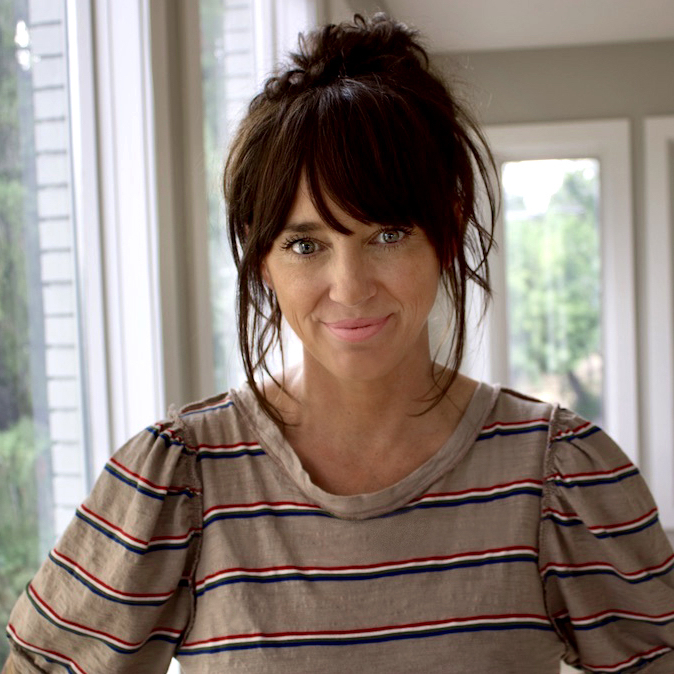
Amber Dunford is a former mental health clinician turned interior stylist and one of only a handful of design psychologists with expertise in the connection between space design and mental health. She spent years in private practice as a therapist before merging her passions for design and psychology, lecturing on design psychology and offering design psychology sessions to anyone looking for ways to enhance their emotional wellbeing through design. Amber is also the style director for online furniture and home furnishings retailer, Overstock.
5. Use morning light as your alarm call
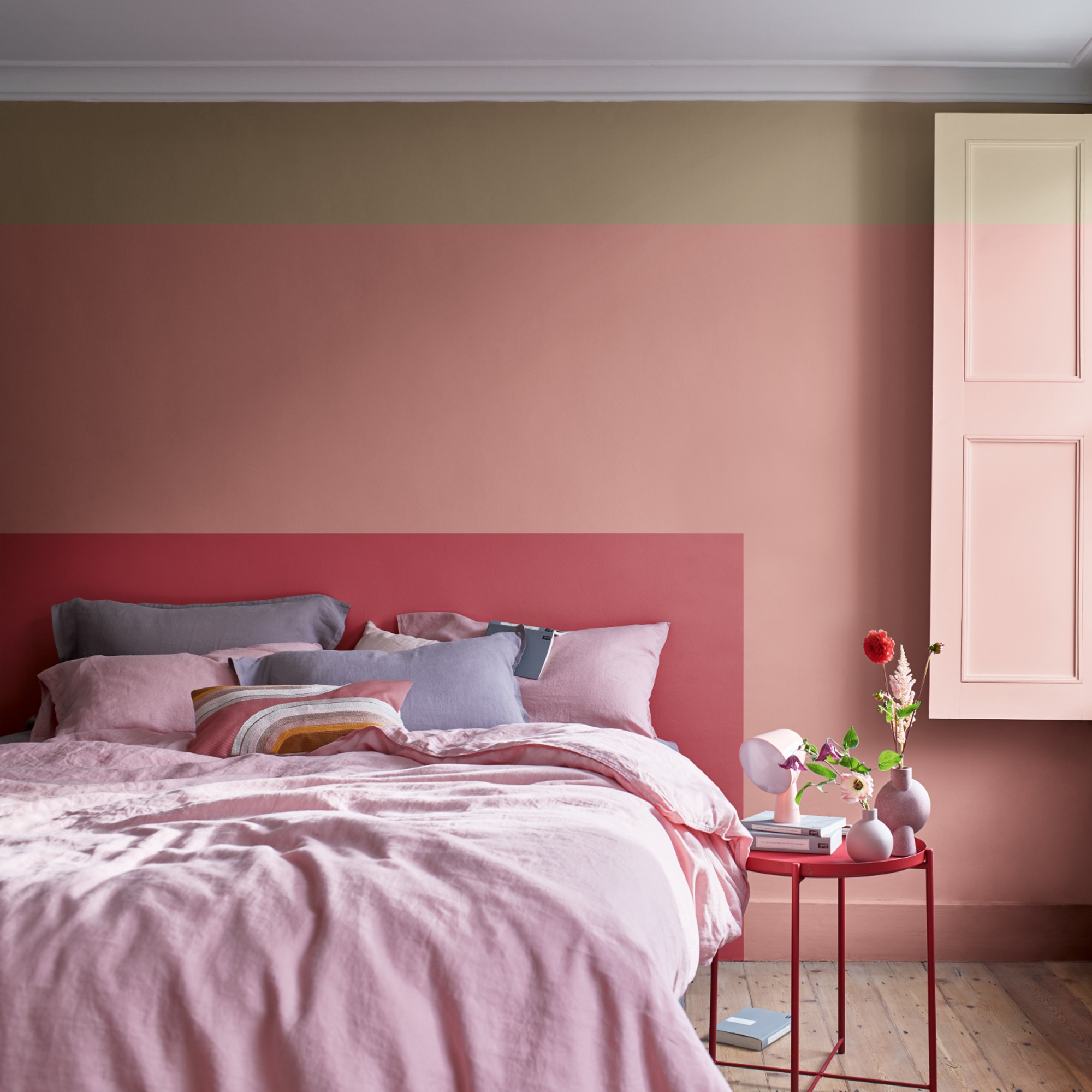
Night owl decor is all about deep, dark colours and rich reflective surfaces, but how does that work if you need to get up with the larks in the morning? There's an easy paint trick to help…
Morning light is really important, for both night owls and larks, as it helps to set our body's natural body clock – if we don't get enough natural light first thing in the morning, we actually find it harder to fall asleep at night.
'If you decorate your bedroom in a night owl palette, consider painting the wall opposite your window in a lighter tone. If it's dark, it will absorb all the natural light, but if it's a slightly paler colour, it will glow when you open your curtains in the morning, amplifying the positive benefits of the natural light and helping to wake you up,' says Dulux colour expert, Marianne Shillingford.
'Ultimately, if you're a night owl, you can't fight nature,' agrees Amber Dunford. 'Lean into your natural tendencies with your decorating scheme and you'll feel and sleep better.'

Andrea began her journalism career at Ideal Home and is currently Editor of our sister title, Country Homes & Interiors, which celebrates modern country style. Andrea is passionate about colour and how it can transform both our homes and our sense of wellbeing, and has completed The Power of Colour course with the prestigious KLC School of Design. Andrea's career spans interiors magazines, women's lifestyle titles and newspapers. After her first job at Ideal Home, she moved on to women's magazines, Options and Frank. From there it was on to the launch of Red magazine, where she stayed for 10 years and became Assistant Editor. She then shifted into freelancing, and spent 14 years writing for everyone from The Telegraph to The Sunday Times, Livingetc, Stylist and Woman & Home. She was then offered the job as Editor of Country Homes & Interiors, and now combines that role with writing for idealhome.co.uk.
-
 Should an air fryer be on display in a kitchen or hidden away? This is why I always keep my small appliances on the worktop
Should an air fryer be on display in a kitchen or hidden away? This is why I always keep my small appliances on the worktopAre you on team display or neatly hidden away? Share your opinion in the comments
By Rebecca Knight
-
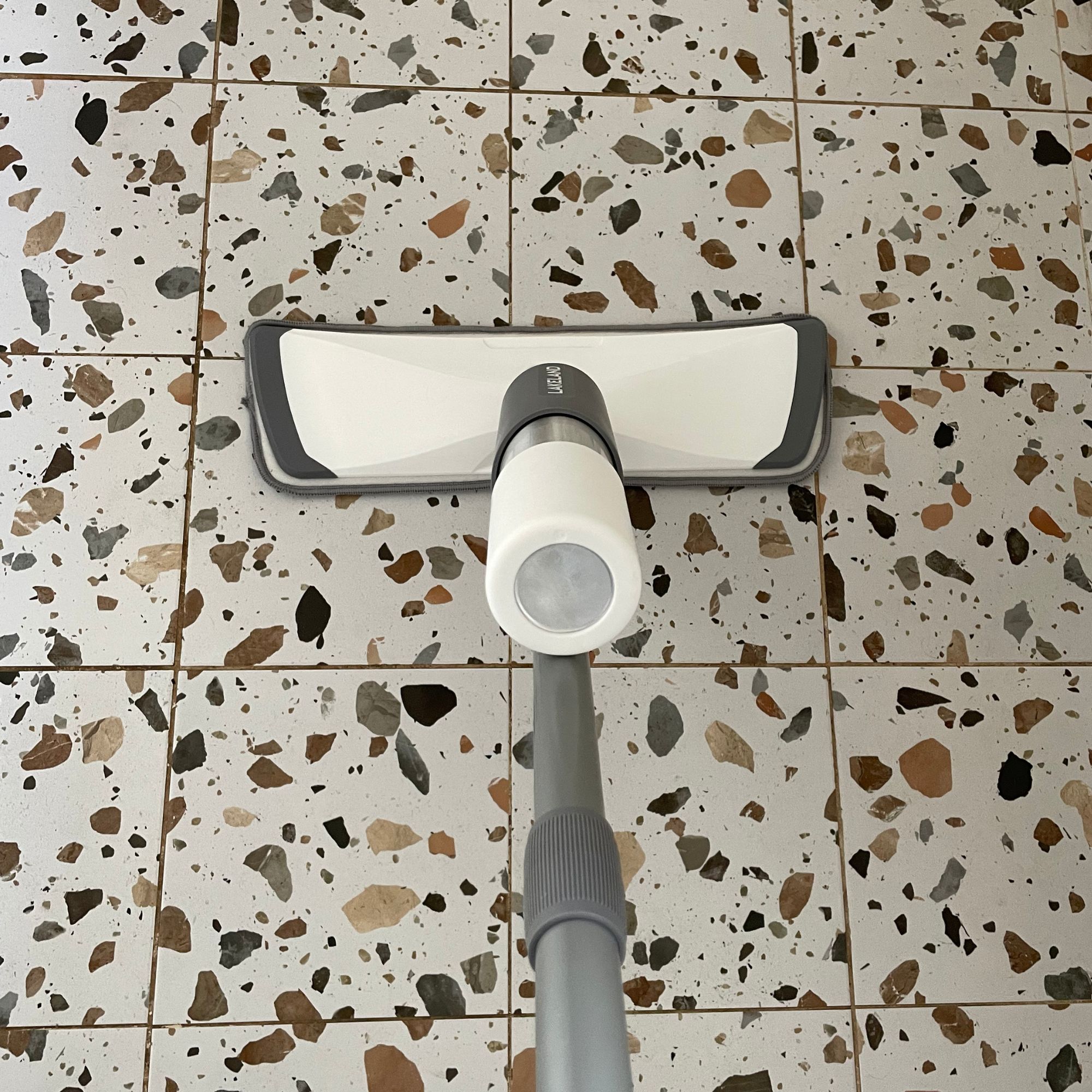 Experts warn that these 5 mopping mistakes are making your floors dirtier — and damaging your floors in the process
Experts warn that these 5 mopping mistakes are making your floors dirtier — and damaging your floors in the processThis is how to keep them clean and avoid costly damage
By Lauren Bradbury
-
 Move over, fences – dead hedges are the wild and wonderful alternative your garden will love and they're easier to build than you'd think
Move over, fences – dead hedges are the wild and wonderful alternative your garden will love and they're easier to build than you'd thinkThe perfect eco-friendly solution for small gardens
By Kayleigh Dray
-
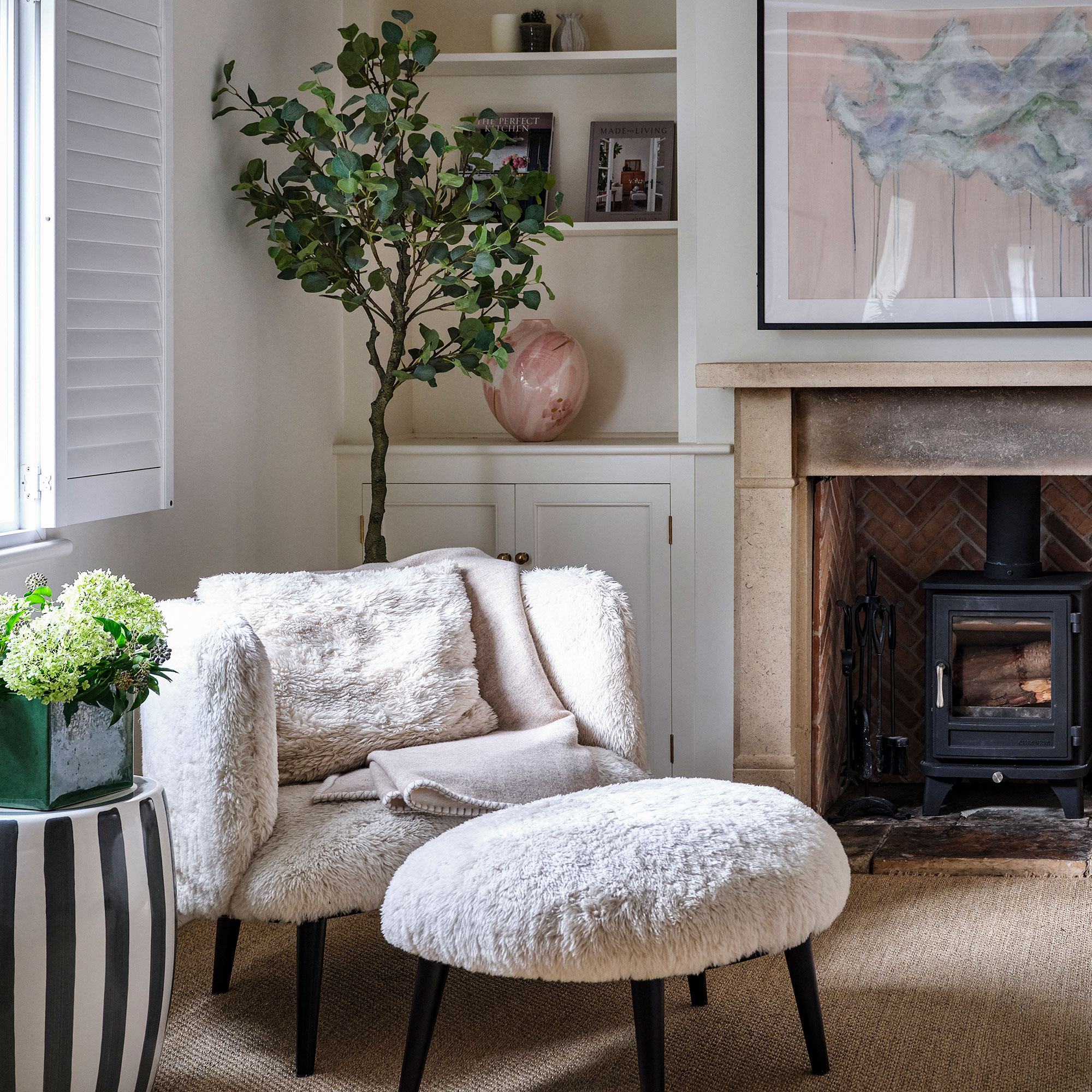 Hygge living room ideas — 6 ways to warm up your home with this Danish concept and cosy aesthetic
Hygge living room ideas — 6 ways to warm up your home with this Danish concept and cosy aestheticHunker down until summer finally arrives with these warming ideas
By Rebecca Knight
-
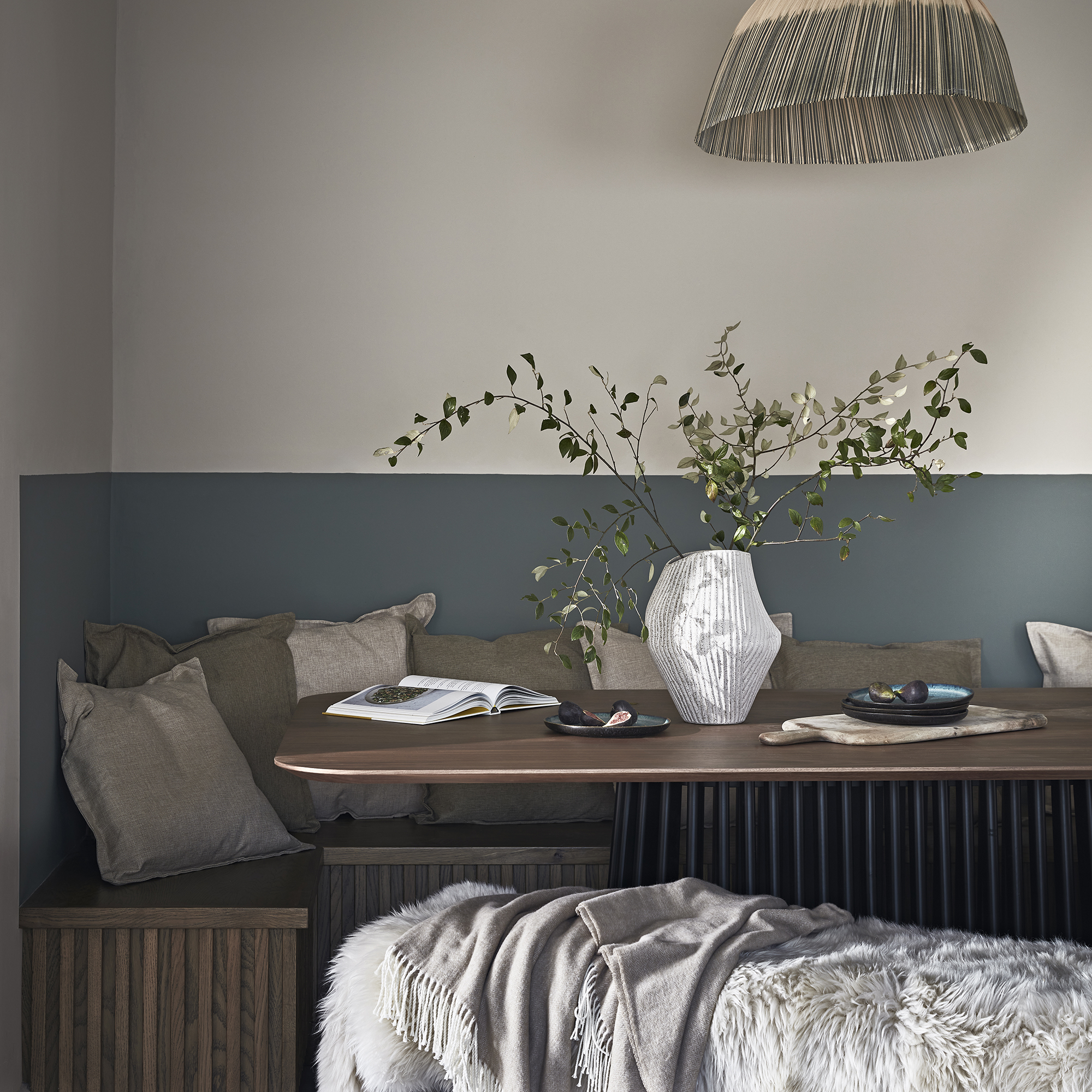
 How to create a sensory home – interiors experts reveal 5 easy ways to style your home and soothe your mind
How to create a sensory home – interiors experts reveal 5 easy ways to style your home and soothe your mindYou can turn any space into a sanctuary by following these simple steps
By Maddie Balcombe
-
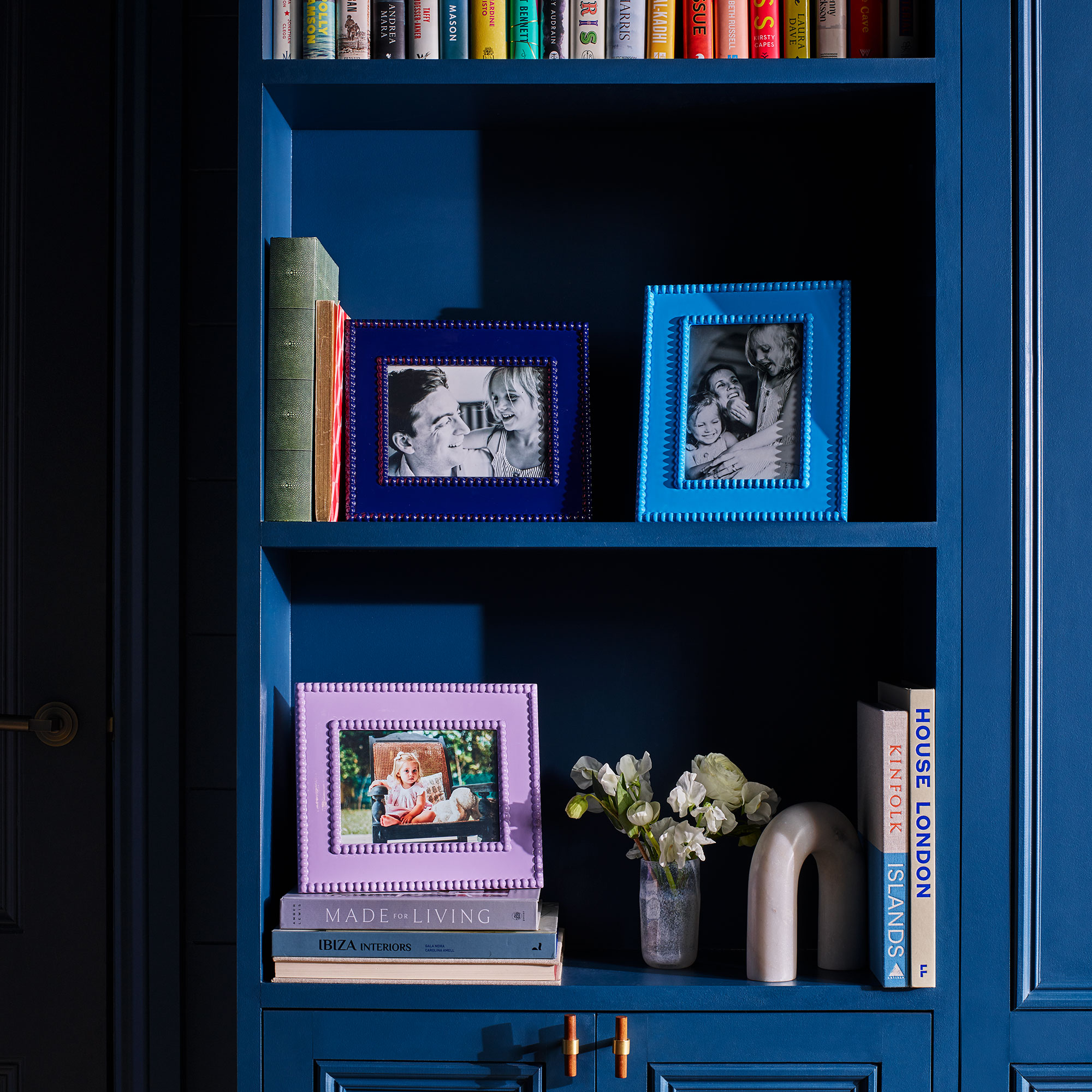
 Can displaying family photos at home make you happier? According to research it can — 5 ways to do it in style
Can displaying family photos at home make you happier? According to research it can — 5 ways to do it in styleHarness the mood-boosting power of looking through old photos by displaying your favourites
By Rebecca Knight
-
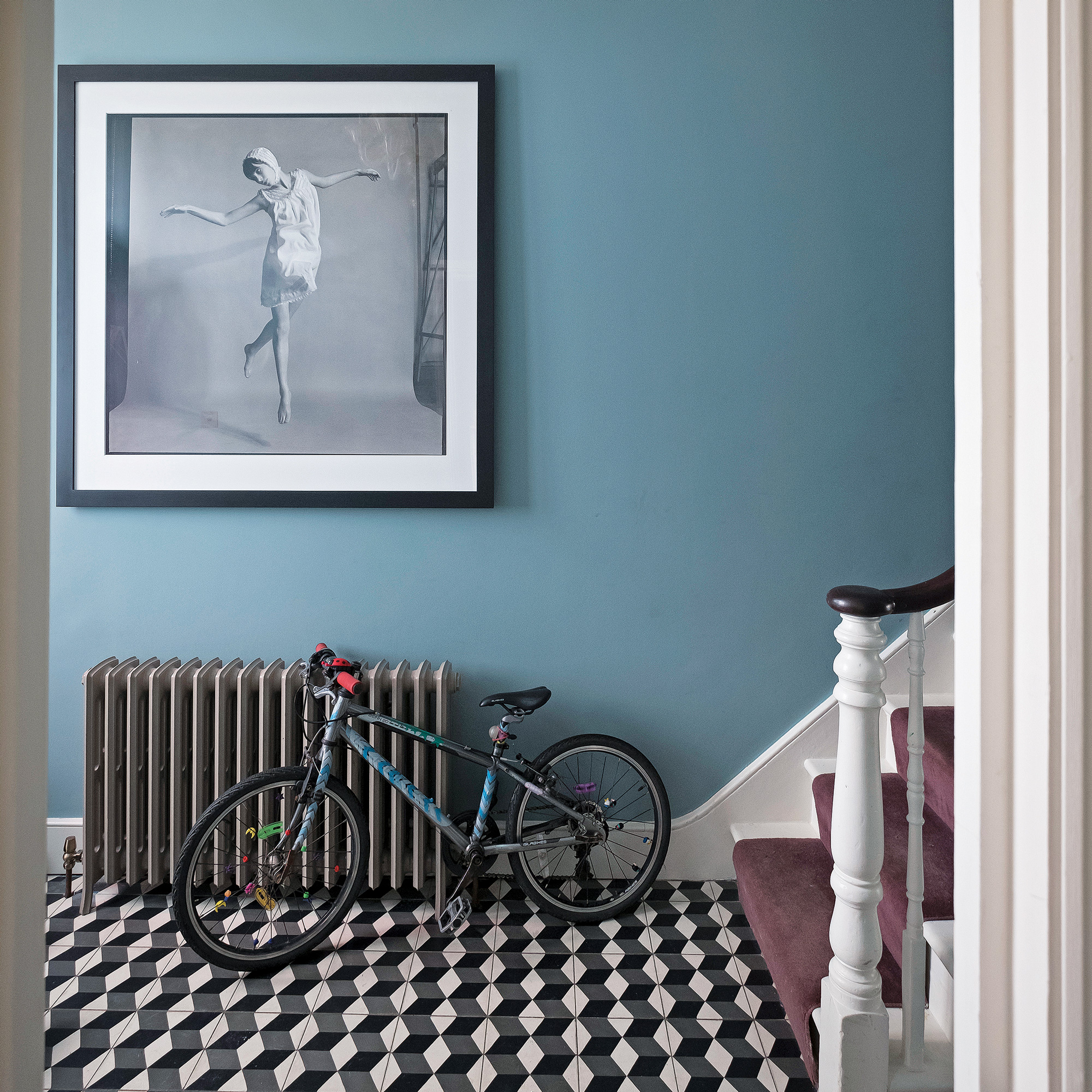 How to make a hallway smell incredible without candles - 7 ways to gently fragrance your entranceway
How to make a hallway smell incredible without candles - 7 ways to gently fragrance your entrancewayGo flame-free to safely scent your entryway
By Vanessa Richmond
-
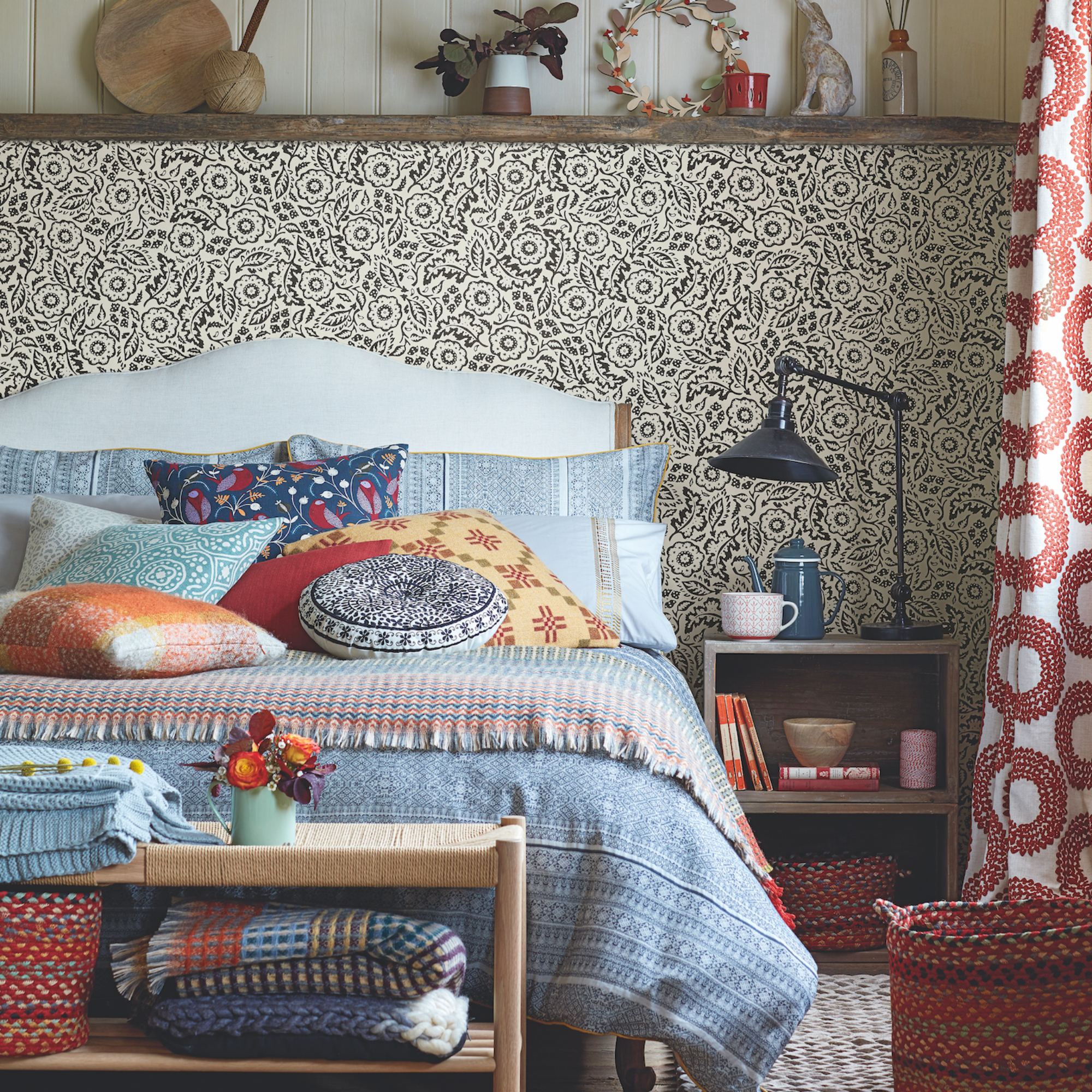 6 ways I brighten my home in January when the Christmas decorations come down, as an interior stylist
6 ways I brighten my home in January when the Christmas decorations come down, as an interior stylistHelp banish the winter gloom with these uplifting ideas
By Laurie Davidson
-
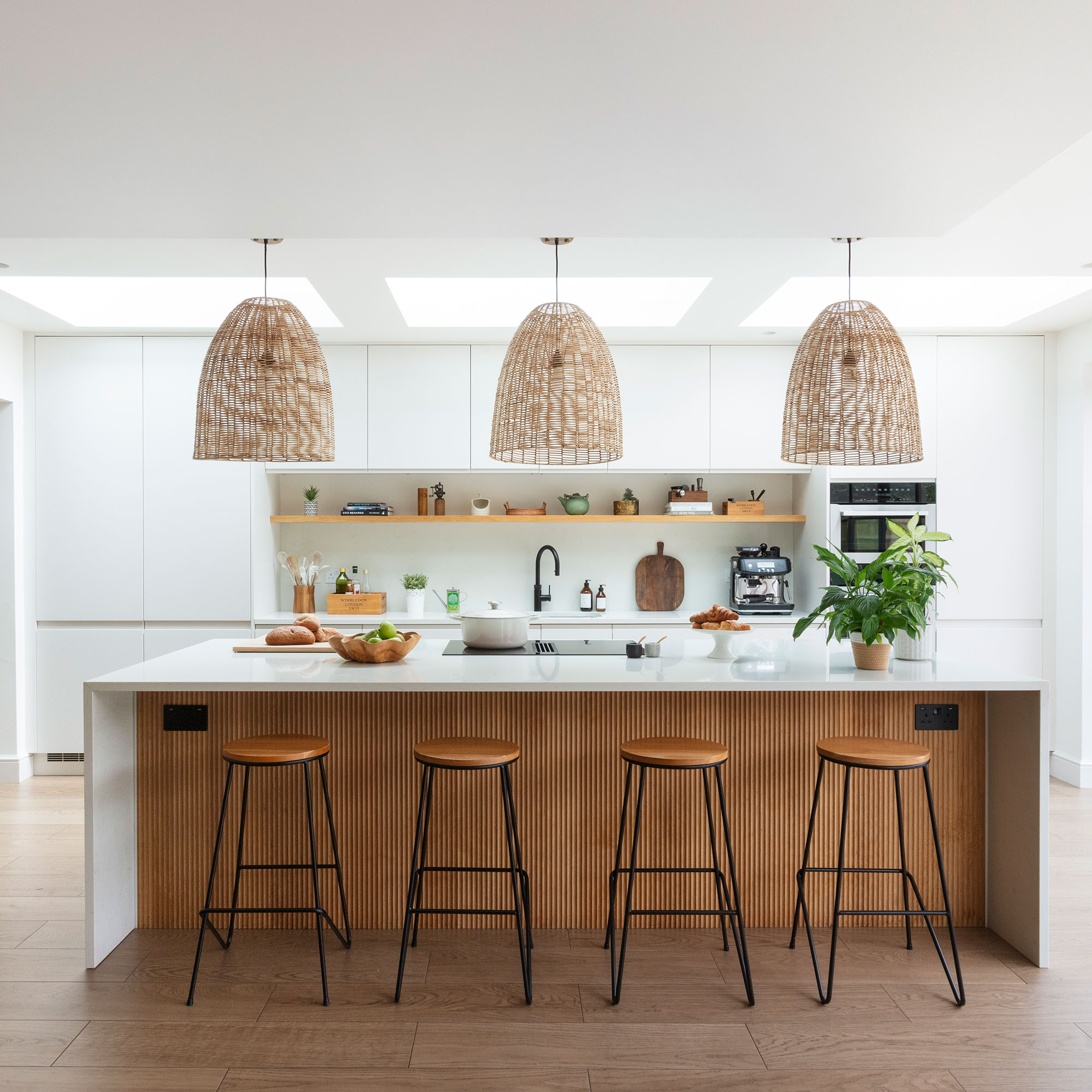 Kitchen hacks to encourage healthy eating habits — 7 ways your kitchen can support healthy living
Kitchen hacks to encourage healthy eating habits — 7 ways your kitchen can support healthy livingMake creating healthy changes easy by following these tips
By Eilidh Williams
-
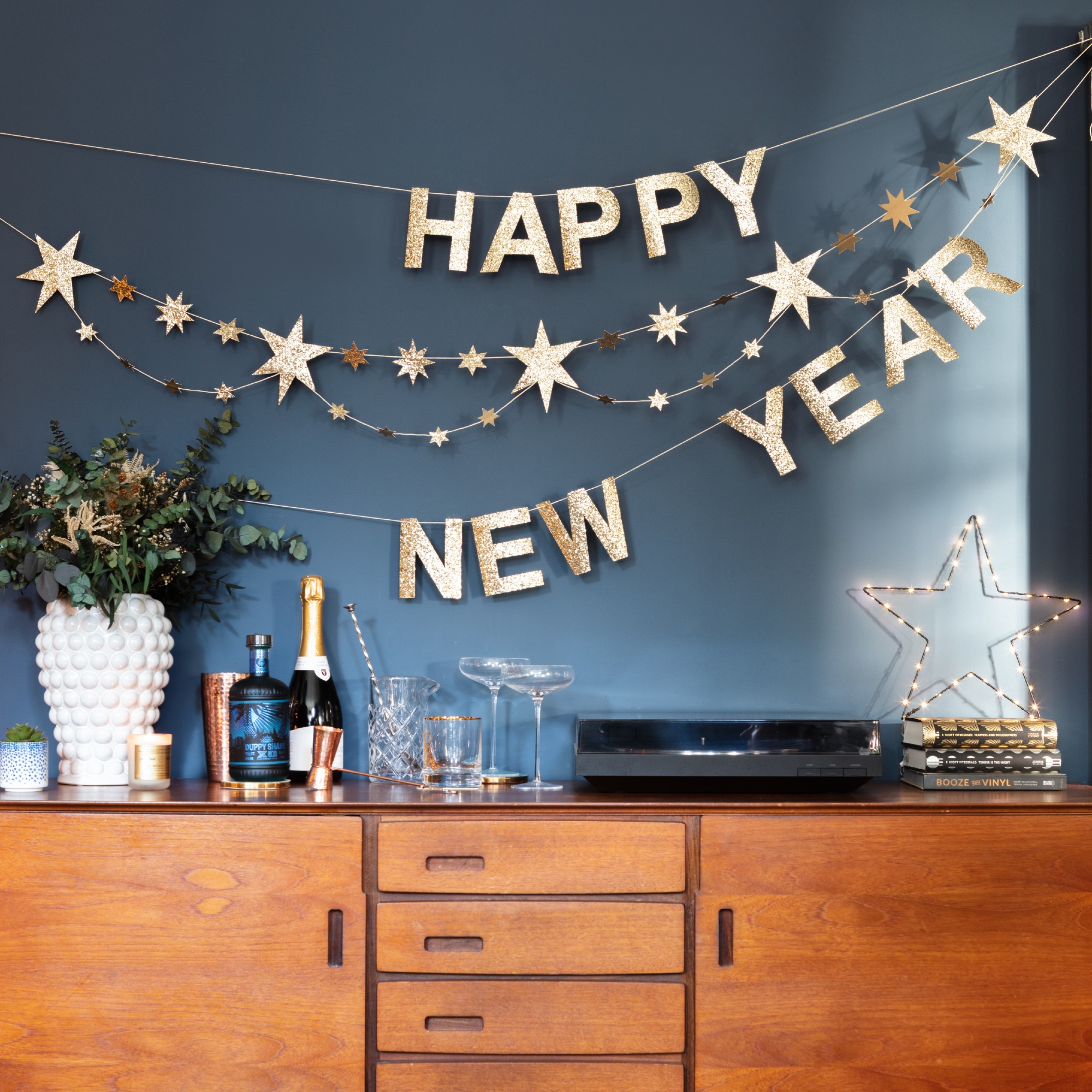 How to reset your home after Christmas to restore a sense of calm
How to reset your home after Christmas to restore a sense of calmFollow these 7 steps to get back to normal at home and beat post-Christmas blues
By Eilidh Williams
-
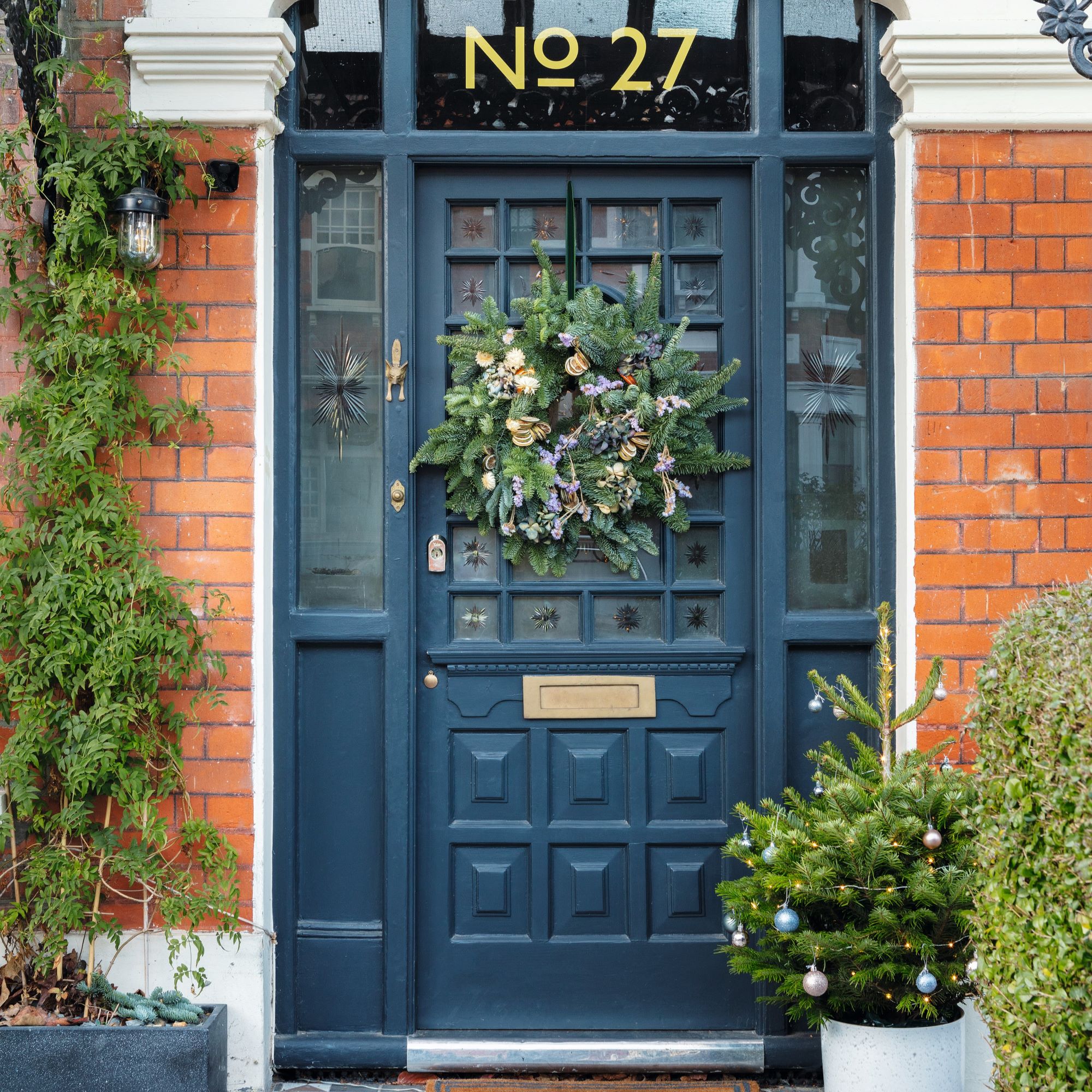 How to make a house look more inviting - 8 ways to quickly boost your house’s appeal in time for Christmas
How to make a house look more inviting - 8 ways to quickly boost your house’s appeal in time for ChristmasMake visitors feel welcome from the second they step foot on your property
By Vanessa Richmond